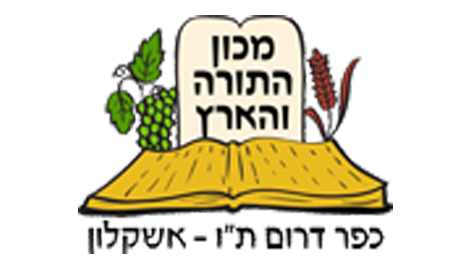Ask the Rabbi
Question
Hello,
I have a few questions regarding the design of the tallit.
1. I’ve noticed that some Ashkenazim, as well as Temanim, wear tallitot with black stripes while some Ashkenazim wear tallitot with white stripes, while most Sephardim wear plain white tallitot. Where do these different customs come from?
2. As an Ashkenazi with no inherited Minhag (non-religious parents), should I wear a tallit with white stripes or black stripes?
3. What is the general consensus on the Techelet that Ptil Techelet sells?
Answer
Shalom,
Thank you for your question. I'm sure you know that the stripes on the Tallit are merely custom – and any color of stripes, or not having them altogether will not make the tallit more or less kosher.
Having said that, you are correct that there is a very widespread custom to have black, or blue stripes on a tallit. Some explain that this is to remind us of the original thread of blue techelet which the Torah commands us to put in the tzitzit threads of the Tallit (which most opinions believe has been lost from us – more on that latter). Or perhaps the white of the tallit hints at the kabalistic idea of chesed – lovingkindness – and the stripes represent gevurah – Hashem's strength. And some people explain that as the Mishna says the first time for Shema is when one can distinguish between white and techlet, and today (most people) don't have the blue techelet in their tzitzit, we add a stripe of it to the tallit so as to be able to use it to tell the correct time for Shema.
As to why different communities have different customs on this issue – I am not sure why it turned out this way. I believe that historically most Askanazim had blue stripes, but it seems that in the last generation or so black has become more popular. (It is well known that the Israeli flag's two blue stripes originated from a tallit – see Wikipidea -
"David Wolffsohn (1856–1914), a businessman prominent in the early Zionist movement, was aware that the nascent Zionist movement had no official flag, and that the design proposed by Theodor Herzl was gaining no significant support, wrote:
At the behest of our leader Herzl, I came to Basle to make preparations for the Zionist Congress. Among many other problems that occupied me then was one that contained something of the essence of the Jewish problem. What flag would we hang in the Congress Hall? Then an idea struck me. We have a flag—and it is blue and white. The talith (prayer shawl) with which we wrap ourselves when we pray: that is our symbol. Let us take this Talith from its bag and unroll it before the eyes of Israel and the eyes of all nations. So I ordered a blue and white flag with the Shield of David painted upon it. That is how the national flag, that flew over Congress Hall, came into being.")
As to what you should you wear if you have no custom – halachically all the options are open. However, my advice is to buy a type of tallit that you see is commonly worn in your community. There is no reason to be the odd one out.
In regards to your question as to the techelet that was discovered in modern times, and is worn by some people (including some prominent Rabbis) – there is no general consensus on this issue. There are major Rabbis on both sides of the question. If you do not have a personal Rabbi to direct you, and you do not have a community practice to follow, then you are halachicly free to make your own decision, after learning about the issue to the best of your ability (much information for and against is available online – including in this site, yeshiva.co.il. Type "techelet" into the search bar of the site). My advise to you however, is to follow the majority of tzitzit wearers who do not use the techelet – again, in general, in the absence of a family or community custom, or a particular personal Rabbinic ruling, one should join with the mainstream practices of Am Yisrael.
Blessings.

Nishmat
Rabbi Yoel Lieberman | Cheshvan 29, 5786

Does Judaism have a concept of "Jihad" in the Talmud?
Rabbi Yoel Lieberman | Kislev 2, 5786

Induction cooktop Peasch kashering
Rabbi Jonathan Blass | 21 Iyyar 5766





